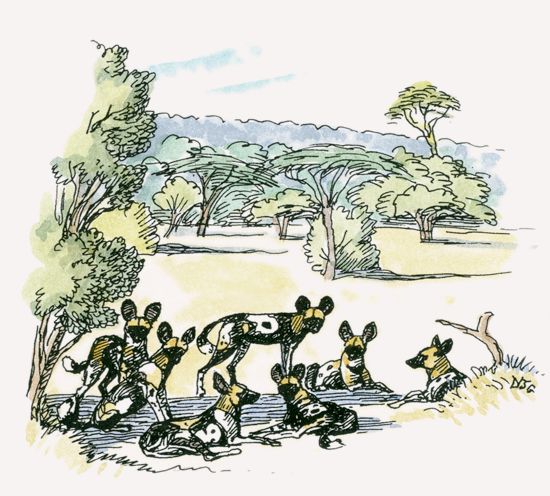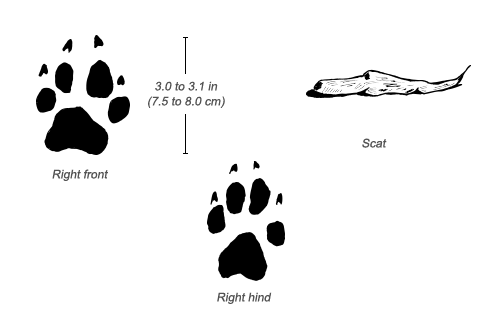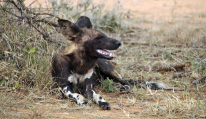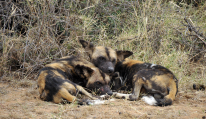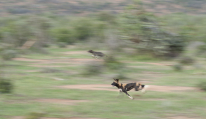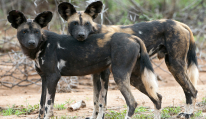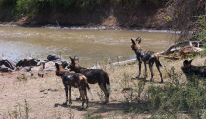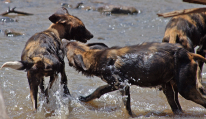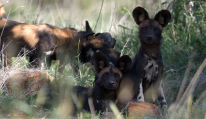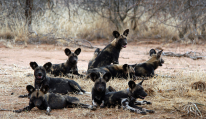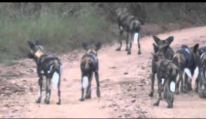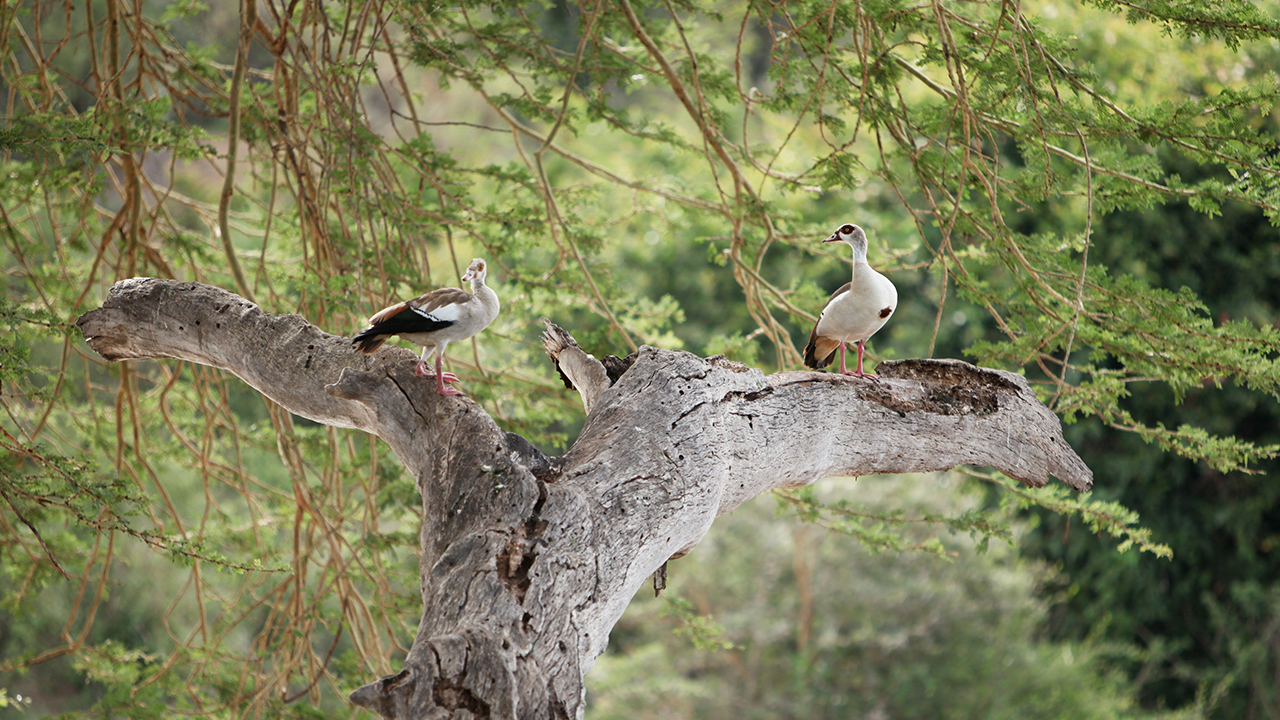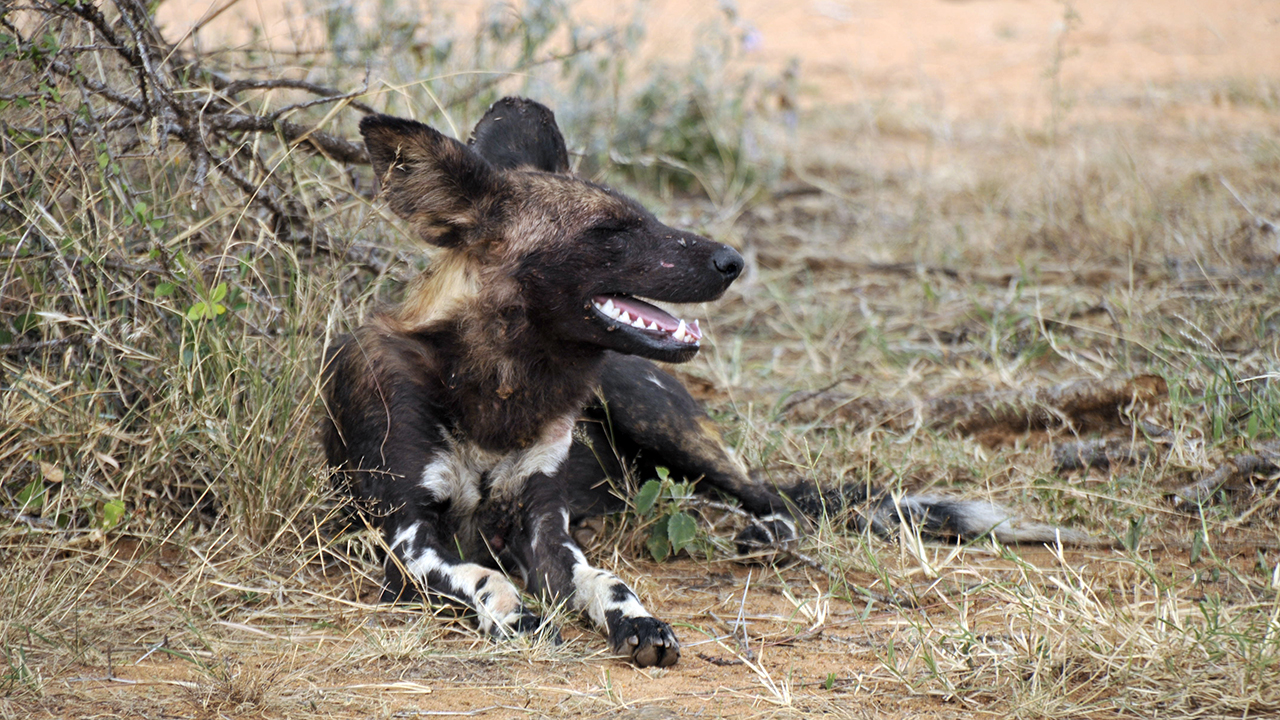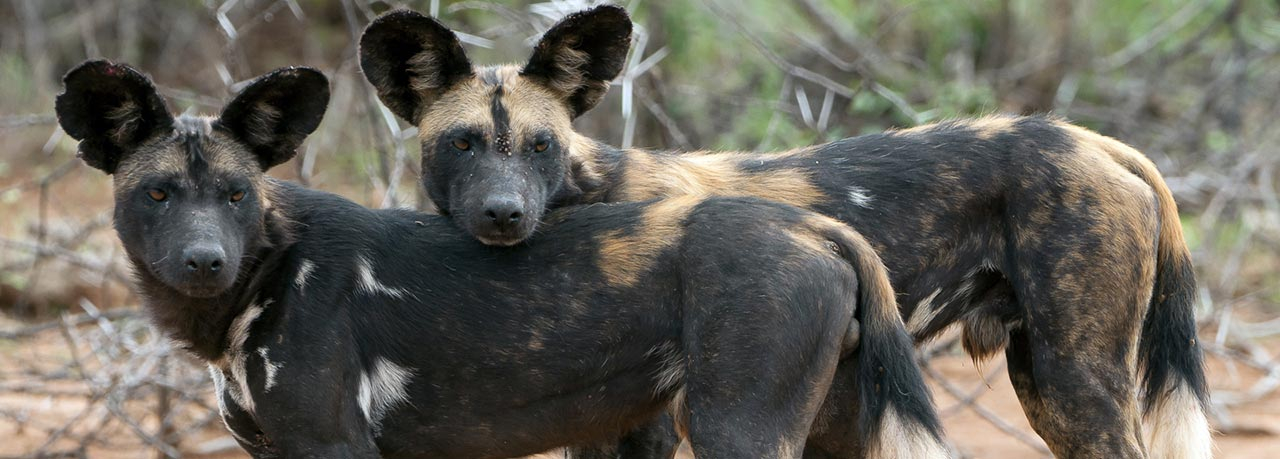Social Structure
Packs are made up of relatives. All members help rear pups born to the dominant male and female. The packs, which average 9 to 10 adults plus juveniles, are extremely social. Both males and females leave the pack where they were born, but males tend to disperse a year after females and travel farther to new territories. Females in the pack are closely related to each other as are the males. However, males and females in the pack are not closely related to each other. A pack’s average territory is about 234 square miles (606 km2), but varies based on how much prey lives in the area. African wild dogs aggressively defend their territory against unrelated neighbors and will fight intruders to the death.
Communication
African wild dogs have a complex communication system that includes both vocalizing and scent marking. The dominant pair marks their territory with feces and urine. Members of a pack use quiet but high frequency sounds to communicate. Their whines, tweets, and yelps sound like birdcalls. The dominant pair howls to signal intruders or a nearby pack. They emit a hoo sound to gather their dispersed pack or to find a lost member.
Behavior
African wild dogs gather to hunt just before dawn. Individuals split from the pack and kill whatever they can, sometimes with help from another pack. They eat together, quickly and quietly, and share the food. A pack was once observed devouring a Thomson’s gazelle in 15 minutes! If pups are traveling with the pack, they get to eat first, but if they remain in the den, the adults will regurgitate meat when they return. African wild dogs sleep on top of each other and are not bothered by visiting animals—even potential prey—when they are sleeping. During the last few hours of daylight, the pack once again heads out to hunt.
Conservation
Human activities, prey shortages, and disease pose the biggest threats to African wild dogs. Historically, ranchers have viewed these animals as a threat to livestock, but researchers have found that they don’t kill nearly as much livestock as originally thought. However, African wild dogs can be a threat to small livestock, such as calves, sheep, and goats, when wild prey densities are very low. Although the largest populations of African wild dogs live in protected areas, they range beyond the boundaries and are vulnerable to high-speed vehicles, guns, snares, and poisons.

